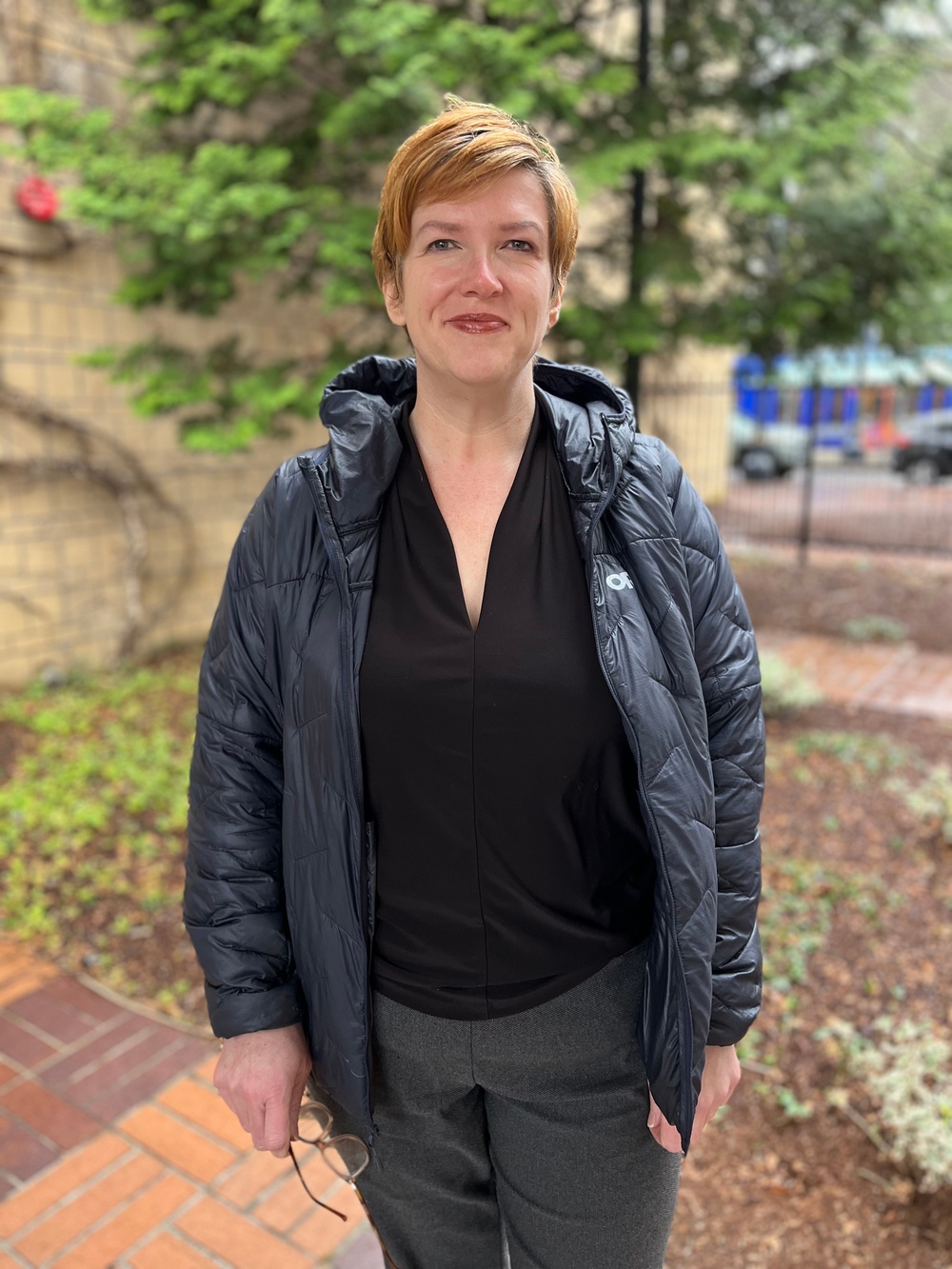DVIDS – News – Tred Avon River Oyster Sanctuary
In 2014, the U.S. Army Corps of Engineers (USACE), Baltimore District, in coordination with additional Chesapeake Bay Program partners including the National Oceanic and Atmospheric Administration (NOAA), Maryland Department of Natural Resources (MD DNR), Virginia Marine Resources Commission (VRMC), and several additional nonprofit organizations and academic institutions, committed to the restoration of oyster population and habitat in 10 tributaries by 2025.
Newly collected data shows that eight of the 10 original selected tributaries for large-scale restoration are considered to be complete. USACE Baltimore’s portion of the agreement includes the Harris Creek and the Tred Avon tributaries, both in Maryland. The two tributary restoration plans have been completed in partnership with MD DNR, the non-federal sponsor, for a total of 473 acres, including pre-existing healthy reef acreage.
Leading the effort for the Baltimore District is Dr. Angie Sowers, integrated water resources management specialist. Since coming onboard with USACE in 2003, Sowers has overseen the restoration of oyster bars in Maryland and is a recognized expert in the oyster restoration field in the Chesapeake Bay.
“Angie’s personal and unique subject matter expertise in oyster restoration, as well as her adept collaboration skills, have elevated USACE’s role in Chesapeake Bay restoration implementation,” said Baltimore chief of Planning Division, Amy Guise.
Oyster populations in the Chesapeake Bay have declined dramatically in the last century, largely due to parasitic diseases, overharvesting, declining water quality, and a loss of habitat. Oyster restoration is important because oysters provide several unique environmental benefits, including reef habitat that is significant to the Bay ecosystem for animals like blue crabs and fish. Additionally, oysters are filter feeders that improve water quality.
“I am extremely proud to be a part of the work that has been accomplished to implement large-scale oyster restoration in the Chesapeake Bay,” said Sowers. “The project is both challenging and rewarding. Oysters, as ecosystem engineers, are a critically important component of both a healthy Chesapeake Bay estuary and the socio-economic identity of the Chesapeake. Reaching this milestone speaks to the strength and commitment of the partnerships forged over the past 20+ years. I look forward to continued restoration efforts after the 2014 Bay Agreement commitments are complete.”
| Date Taken: | 08.28.2024 |
| Date Posted: | 09.25.2024 12:37 |
| Story ID: | 479756 |
| Location: | BALTIMORE, MARYLAND, US |
| Web Views: | 2 |
| Downloads: | 0 |
PUBLIC DOMAIN

This work, Tred Avon River Oyster Sanctuary, by Nicole Strong, identified by DVIDS, must comply with the restrictions shown on https://www.dvidshub.net/about/copyright.


 Private Internet Access gives you unparalleled access to thousands
of next-gen servers in over 83 countries and each US state. Your
VPN experience will always be fast, smooth, and reliable.
Private Internet Access gives you unparalleled access to thousands
of next-gen servers in over 83 countries and each US state. Your
VPN experience will always be fast, smooth, and reliable.

